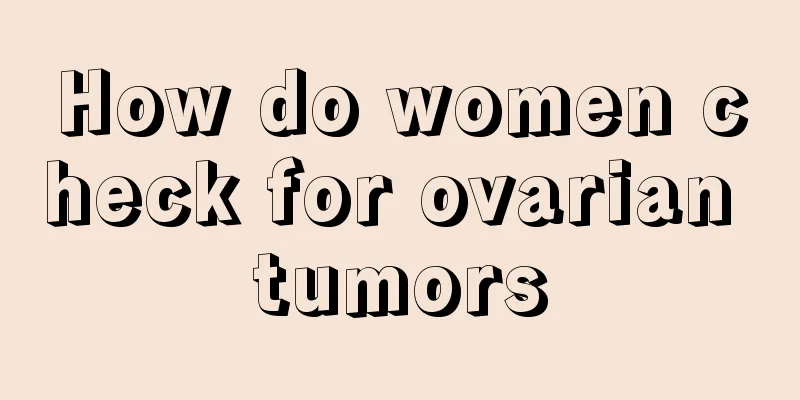What should I do if my spine bends to the left?

|
Spinal problems are one of the difficult and complicated diseases that trouble many people, because the role of the spine is irreplaceable for people. The spine can support the uprightness of the whole body and has a unique effect on the balance of people's walking. But the spine is also a part that is prone to disease. For example, many people have experienced symptoms of scoliosis, which has a devastating impact on their image and health. Let's take a look at what to do if the spine bends to the left? Scoliosis, commonly known as scoliosis, is a three-dimensional deformity of the spine, including abnormal sequences in the coronal, sagittal, and axial planes. A normal person's spine should be a straight line when viewed from behind, and the two sides of the torso should be symmetrical. If you see your shoulders are not at the same height when viewed from the front or your back is uneven when viewed from the back, you should suspect scoliosis. At this time, a full spine X-ray should be taken in a standing position. If the frontal X-ray shows that the spine has a lateral curvature greater than 10 degrees, scoliosis can be diagnosed. Mild scoliosis usually causes no noticeable discomfort and no obvious physical deformity. More severe scoliosis can affect the growth and development of infants, young children and adolescents, causing body deformation. In severe cases, it can affect cardiopulmonary function and even affect the spinal cord, causing paralysis. Mild scoliosis can be observed, but severe cases require surgical treatment. Scoliosis is a common disease that harms teenagers and children. The key is early detection and early treatment. Treatment for scoliosis can be divided into two major categories, namely non-surgical treatment and surgical treatment. Common non-surgical treatments include physical therapy, gymnastics, plaster, braces, etc., but the most important and reliable method is brace therapy. Generally, idiopathic scoliosis within 20 degrees can be left untreated and closely observed. If it worsens by more than 5 degrees each year, brace treatment should be performed. Adolescent idiopathic scoliosis of 30 to 40 degrees at the first visit should be treated with bracing immediately, because more than 60% of this group of patients will develop worsening curvature. Surgical treatment of adolescent idiopathic scoliosis should be considered in the following situations: (1) Those with thoracic curvature greater than 40 degrees and thoracolumbar curvature/lumbar curvature greater than 35 degrees; (2) Patients whose scoliosis cannot be controlled by brace treatment and progresses rapidly; (3) Those with obvious back pain or symptoms of nerve compression. For patients with congenital scoliosis, if the scoliosis is of the type that is prone to progression or if the scoliosis progresses significantly during the observation period, surgical treatment should be performed as early as possible. Generally, 3 to 5 years old is a good time for surgery. |
<<: What are the side effects of spinal anesthesia?
>>: How long after dinner can I go running
Recommend
How much does chemotherapy for colon cancer cost approximately
Colon cancer is a common digestive tract malignan...
How to exercise for colon cancer
Exercise is an important part of cancer recovery....
Use of restraint belts
Restraint belts are used relatively frequently in...
How to effectively treat athlete's foot in winter
Winter is actually a season when athlete's fo...
There are two main items in the examination of nasopharyngeal carcinoma
The examination of nasopharyngeal carcinoma is ve...
Beware! What are the symptoms of bladder cancer
In recent years, bladder cancer has become one of...
How many times should percutaneous intervention be performed in advanced liver cancer? About six times
Patients with advanced liver cancer should not us...
How to treat hearing loss
There are many reasons for hearing loss. The firs...
Common knowledge about teratoma prevention
It is difficult to treat teratoma, and now people...
Can actinolite be soaked in water and drunk?
Many people are not very familiar with actinolite...
What department should I go to for a subcutaneous lump on my arm? You can go to the general surgery department of a regular hospital
The subcutaneous lump on the arm is a benign dise...
Dietary therapy to improve frequent urination in patients with colon cancer after surgery
Colon cancer is a malignant tumor that occurs in ...
There are blood streaks on the lunula of the nail
People's nails can reflect their health statu...
What is lymphoma
Lymphoma is the malignant transformation of lymph...
Can small cell lung cancer be cured by taking medicine?
Can small cell lung cancer be cured by taking med...









